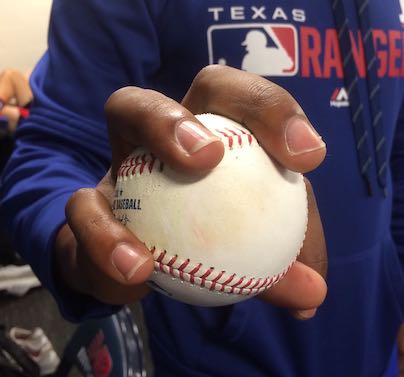Tim Anderson is Quietly Having a Wild Year
Tim Anderson isn’t exactly toiling in obscurity. Playing in the nation’s third-largest city, he made headlines earlier this year after one of his trademark bat flips drew a retaliatory plunking from Brad Keller. That sparked a benches-clearing brawl and placed Anderson at the center of the sport’s ongoing discussion about the proper way to play the game. In the aftermath, Anderson appropriately defended his right to play with emotion, and the episode helped reinforce the sentiment that he’s the kind of player a healthier league would market aggressively.
And yet, you could be forgiven for not knowing that Anderson has been quite good this season. He missed more than a month with a high ankle sprain, but when healthy, he’s hit .328 while posting a 124 wRC+. He’s posted nearly 3 WAR even with all that time on the shelf, more than a four-win pace over 162 games. (All stats are through the start of Thursday’s action.)
What’s less clear is how encouraged we should be by Anderson’s 2019 campaign. Prior to this season, he had established himself as a reliable big leaguer, albeit one with a mediocre stick. A cursory look at his year-to-year numbers suggests that, big BABIP spike aside, not too much has changed:
| Year | SO% | BB% | ISO | GB% | BABIP |
|---|---|---|---|---|---|
| 2016 | 27.1 | 3.0 | .149 | 54.3 | 0.375 |
| 2017 | 26.7 | 2.1 | .145 | 52.7 | 0.328 |
| 2018 | 24.6 | 5.0 | .166 | 46.6 | 0.289 |
| 2019 | 20.8 | 2.5 | .170 | 49.7 | 0.390 |
Other than the .390 BABIP, there isn’t much in his profile that suggests he’s a new man. The modest reduction in strikeouts is mostly cancelled out by a lower walk rate, and his ISO relative to the league has actually dropped in 2019. His average launch angle is also two degrees lower, for whatever that’s worth.

